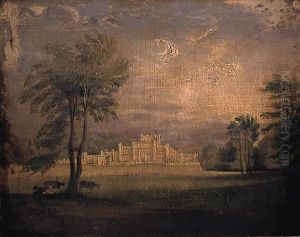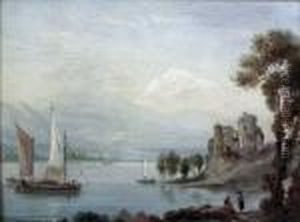Thomas John Ewbank Paintings
Thomas John Ewbank was not primarily known for his contributions to the field of art but was a notable figure in the realm of technology and invention during the 19th century. Born on March 11, 1792, in Durham, England, Ewbank's life was marked by his curiosity and inventive spirit, although his formal education was limited.
Ewbank emigrated to the United States in 1819 and settled in New York, where he pursued a variety of interests. He established himself as a manufacturer of copper and sheet iron wares and became known for his innovative designs and improvements to existing products. His keen interest in technology led him to write extensively on the subject, and he published a notable work called 'A Descriptive and Historical Account of Hydraulic and Other Machines for Raising Water, Ancient and Modern' in 1842, which was well-received for its comprehensive analysis and detailed illustrations.
His contributions to technology and industry were recognized when he was appointed as the Commissioner of the United States Patent Office, a position he held from 1849 to 1852. During his tenure, Ewbank worked to improve the organization and operation of the Patent Office, and he was instrumental in the development of the patent system that became a foundation for American innovation.
Ewbank's interests were wide-ranging, and he also delved into ethnography, writing about the customs and technologies of various cultures. However, his work in the arts, if any, is not well-documented, and he is not known to have made significant contributions to art history or the production of art. Thomas John Ewbank passed away on September 16, 1870, in New York City, leaving behind a legacy rooted in the technological advancements of his age and his service to the United States in the area of patents and innovation.


